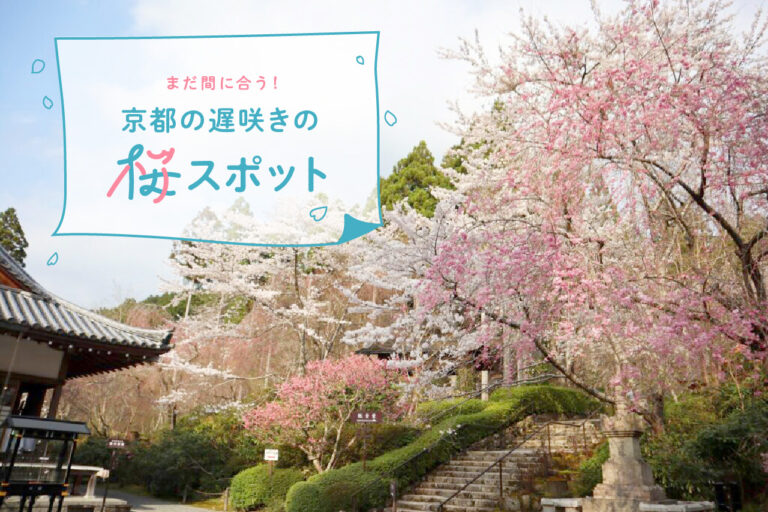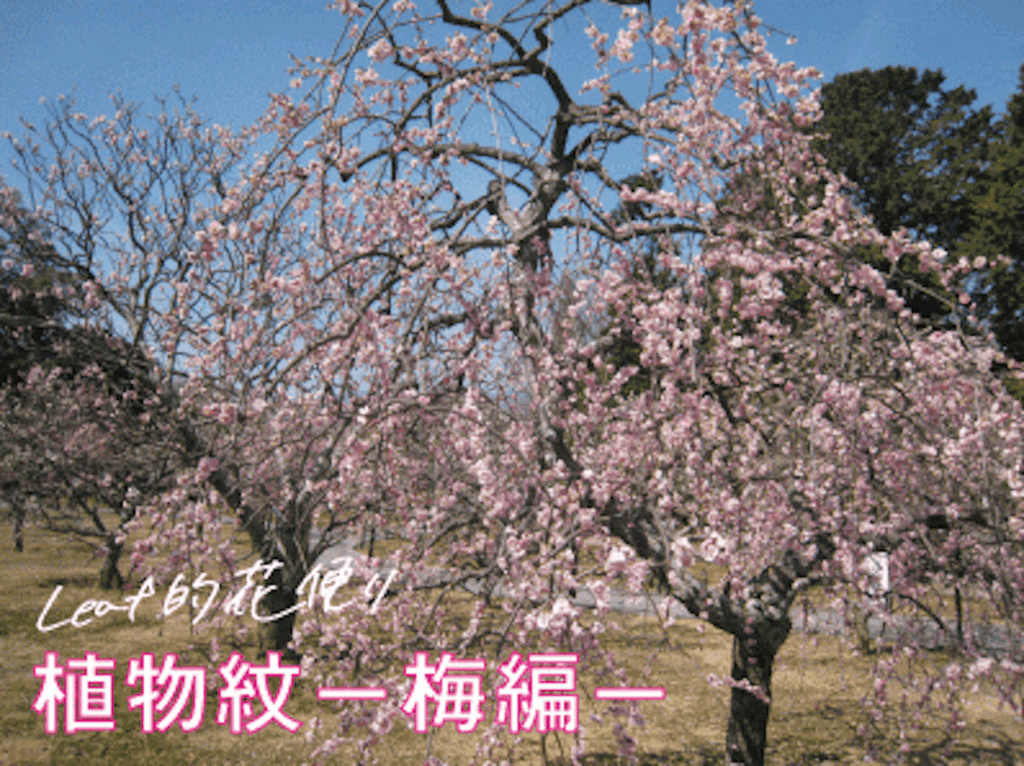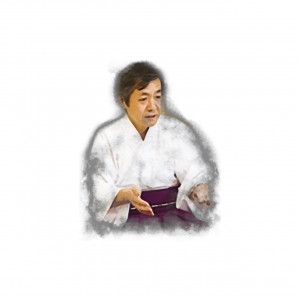
[2025] It's Not Too Late to Enjoy the Late Blooming Cherry Blossoms in Kyoto! Late Blooming Cherry Blossoms in Kyoto...


Place in memory of Michizane, the god of shrine
After passing through the front Otorii gate with white and red plum blossoms, walk across the sprawling Hachijogaike Pond and you will see the shrine pavilion. The shrine is dedicated to Sugawara Michizane, famous as the god of learning, and a statue of a cow stands in the precincts of the shrine. The main shrine was moved from Heian Shrine in 1927. Mr. Nakanoji, the chief priest of the shrine, told us, "This main shrine was moved from Heian Shrine in 1926.
The detailed date of its founding has been lost due to warfare, but it is said to have begun during the Heian period (794-1185) when Michizane, who was traveling west to Dazaifu, was given a wooden statue of his own creation by Munenori Nakanoji when they parted, and he brought it back to the shrine to be enshrined."
It is also called "Migareri Tenjin" (meaning "looking back" in Japanese) because Michizane looked back to the capital on his way to Dazaifu from this place, where he once enjoyed poetry and orchestral music with Aizawara no Narihira.


Deep connection between Michizane and cows
Many Tenmangu shrines throughout Japan are dedicated to statues of cows, which, along with plum blossoms, are the symbols of Tenmangu shrines. It is said that Michizane loved cows and plum blossoms. The story goes that Michizane was born in the year of the Ox, that he worshipped cows because of a dream he had on the night of his wedding day, that he was saved by a cow when he was attacked by an assassin, and that the cow pulled the cart that carried his corpse after he passed away.


Find the plum crests hidden everywhere.
The design of the plum tree crest, a symbol of Michizane's love of the Japanese apricot, differs slightly at each of the Tenmangu shrines throughout Japan. The Nagaoka Tenmangu Shrine has a simple ume bowl design. The ume is depicted here and there on the temple grounds, including at the edge of the door and on lanterns, and even on ema (votive picture tablet).
Nagaoka Tenmangu Shrine is famous for its bright red Kirishimatsutsuji azaleas, but the Nagaoka Park plum grove west of the shrine grounds has 140 plum trees, including a wide variety of red plum trees, double red plum trees, and weeping plum trees, and is just the right size for a walk.
Ume plum blossoms are at their best in April and Kirishimatsutsuji azaleas are at their best in April. The season used to be a little later, but it seems to be getting earlier, perhaps due to global warming.

Mr. Munetoshi Nakakoji, Priest of the shrine

Family crests, which have been used as symbols of family status, and crests unique to shrines and temples, called kamon or temple crests, originated in the Heian period (794-1185) when court nobles added crests to their furnishings and personal belongings as landmarks.
There are currently more than 240 types, the most common of which are botanical crests with flower and leaf motifs, rich in plants of all four seasons.


Over 600 interviews per year! An order site carefully selected by the editors who knows Kyoto and Shiga.
nowOfficial LINE friend registration500 yen OFF coupon is being issued!
Distributed every Friday morning at 8:00 am! From new restaurant information to event information that we want to share with you, We deliver articles about Kyoto that are useful to know. About 20,000 people have registered.Click here to add a friend!
 News
News Feature article
Feature article Featured event
Featured event